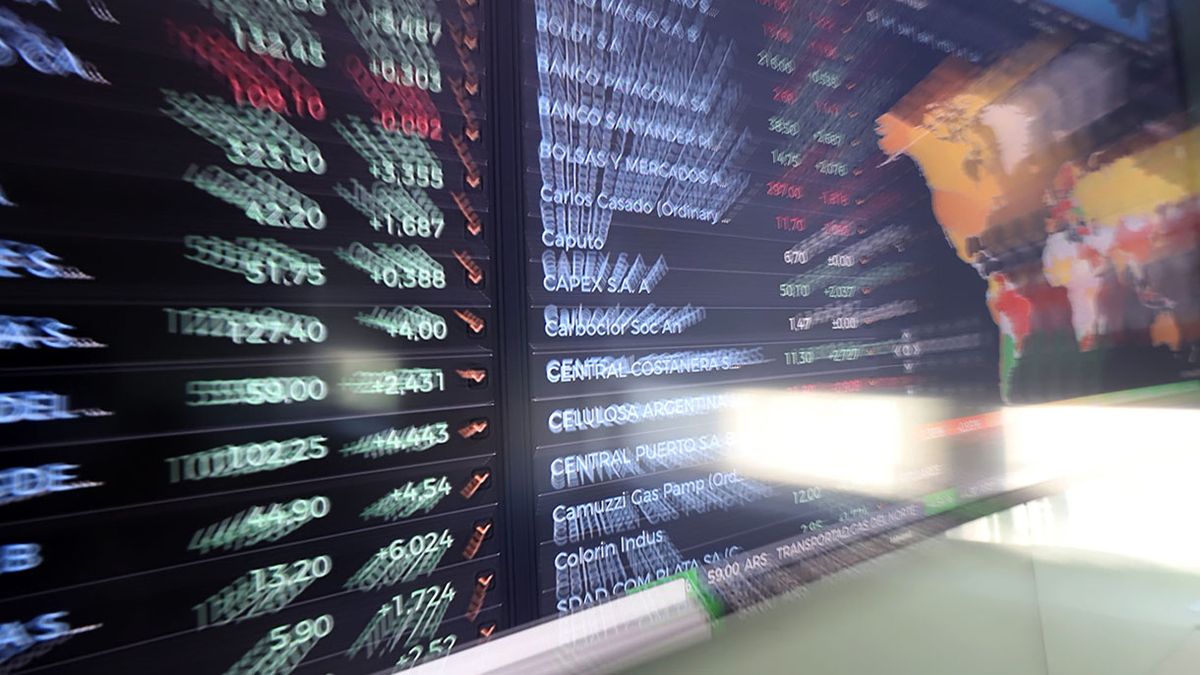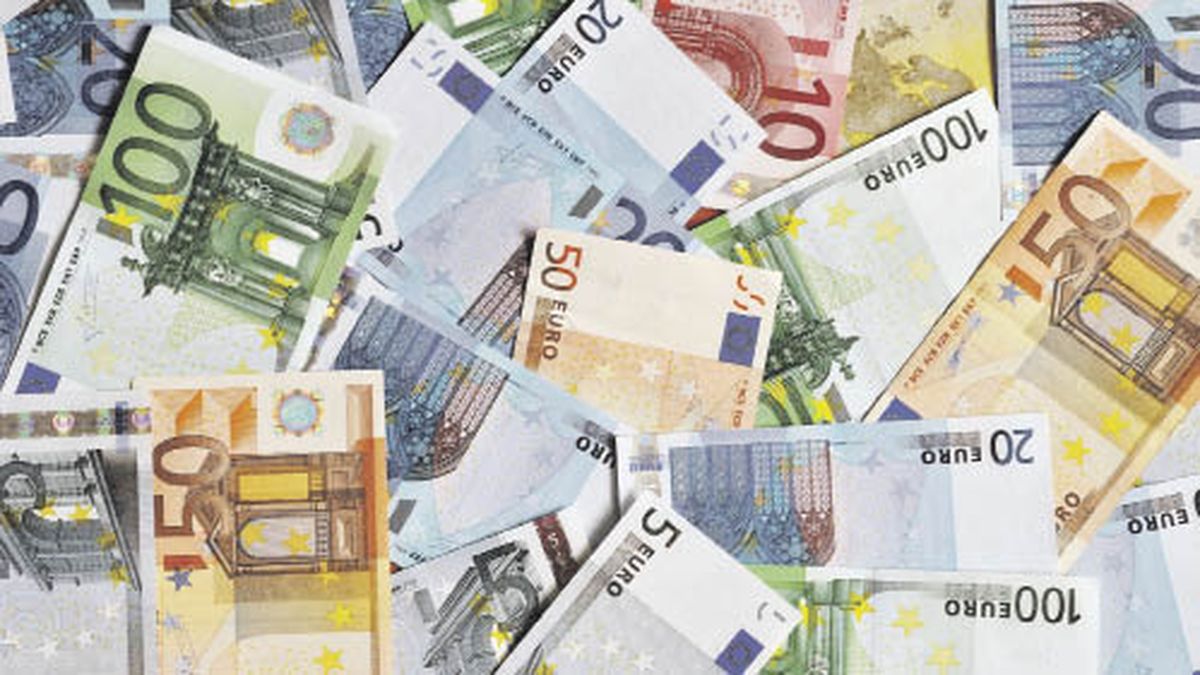The Dow Jones Industrial Average ended with a drop of more than 10% from its all-time high closing on January 4. A correction is confirmed when an index closes 10% or more below its record.
Oil prices rose to their highest levels since 2008 as the United States and its European allies considered banning Russian oil imports, in response to the Ukraine invasion, while Iranian crude seemed less likely to return quickly to world markets.
Energy stocks, the biggest group in the S&P 500 so far this year, were one of the only sectors to post gains on Monday.
The The S&P 500 lost 128.65 points, or 3%, to 4,200.22, while the Nasdaq sank 476.76 points, or 3.6%, to 12,836.68. The Dow Jones Industrial Average fell 795.24 points, or 2.4%, to 32,819.56.
Amazon, Microsoft and Apple were some of the main drags on the S&P 500, while the financial sector fell sharply. The utilities sector, one of the stock market’s defensive areas, rose.
“Oil concerns have led to concerns about rising inflation and the possibility of stagflation,” said Mona Mahajan, senior investment strategist at Edward Jones.
“I think there is a broader concern that there could be a hit to consumption growth given the increase in prices at the pump (for gasoline),” he added.
raw materials on the rise
The invasion of Ukraine by Russia and the multiplication of economic sanctions against Moscow led the prices of gas and metals such as aluminum, copper and palladium to reach new historical highs on Monday.
After soaring 18% at the beginning of the day, Brent managed to moderate the initial rise to start trading at US$125, while US crude oil (WTI) improves to US$123. This jump, which follows a 21% rise in Brent last week, will be costly for consumers and leave them with less money to spend on other things, posing a threat to global economic growth.
The United States and the European Union are “very actively discussing” the possibility of banning Russian oil imports in response to the invasion of Ukraine, US diplomat Antony Blinken said on Sunday. However, the president of the European Commission, Ursula von der Leyen, was more cautious and avoided mentioning the import ban on Sunday, given that Russia supplies 40% of the gas consumed in the EU.
The fear of seeing even more limited the supply of hydrocarbons and raw materials in an already overheated market has caused a “panic phenomenon (which) has caused prices to skyrocket,” Markets.com analyst Neil Wilson summed up on Monday.
The benchmark European gas price, the Dutch TTF, soared to a new record of €345 per megawatt hour (MWh). By 09:05 GMT, he was up 45% at 280 euros. In line with energy prices, those of metals produced in Russia rose, with aluminum breaking the $4,000 a ton barrier for the first time, while copper and palladium hit new all-time highs: u $10,845 per ton and US$3,442.47 per ounce, respectively. The tonne of aluminum for delivery in three months also hit a high of $4,073.50 on the London Metal Exchange (LME).
For its part, nickel, without reaching its latest highs dating back to 2007, rose more than 25% to US $ 37,800 per ton. The situation in Ukraine also caused gold, a haven asset, to soar above $2,000 an ounce on Monday morning, hitting its highest level since September 2020.
At a strategic level, Bank of America stressed that the war threatens a price crisis and a “global recession” caused by “Crash in Financial Markets, Rising Oil Prices, and a Cycle of Escalating Military Sanctions”.
In his opinion, as long as there are no signs of an end to the war, “investors should be as defensive as possible” because “the war is inflationary.” Good proof of this is that the prices of raw materials have registered their most bullish start to the year since 1915.
In addition, they indicate that “war is also stagflationary” and they give as an example the Yom Kippur war and the oil crisis of 73, which caused a 40% collapse in the S&P 500 from its maximum.
Source: Ambito
David William is a talented author who has made a name for himself in the world of writing. He is a professional author who writes on a wide range of topics, from general interest to opinion news. David is currently working as a writer at 24 hours worlds where he brings his unique perspective and in-depth research to his articles, making them both informative and engaging.




